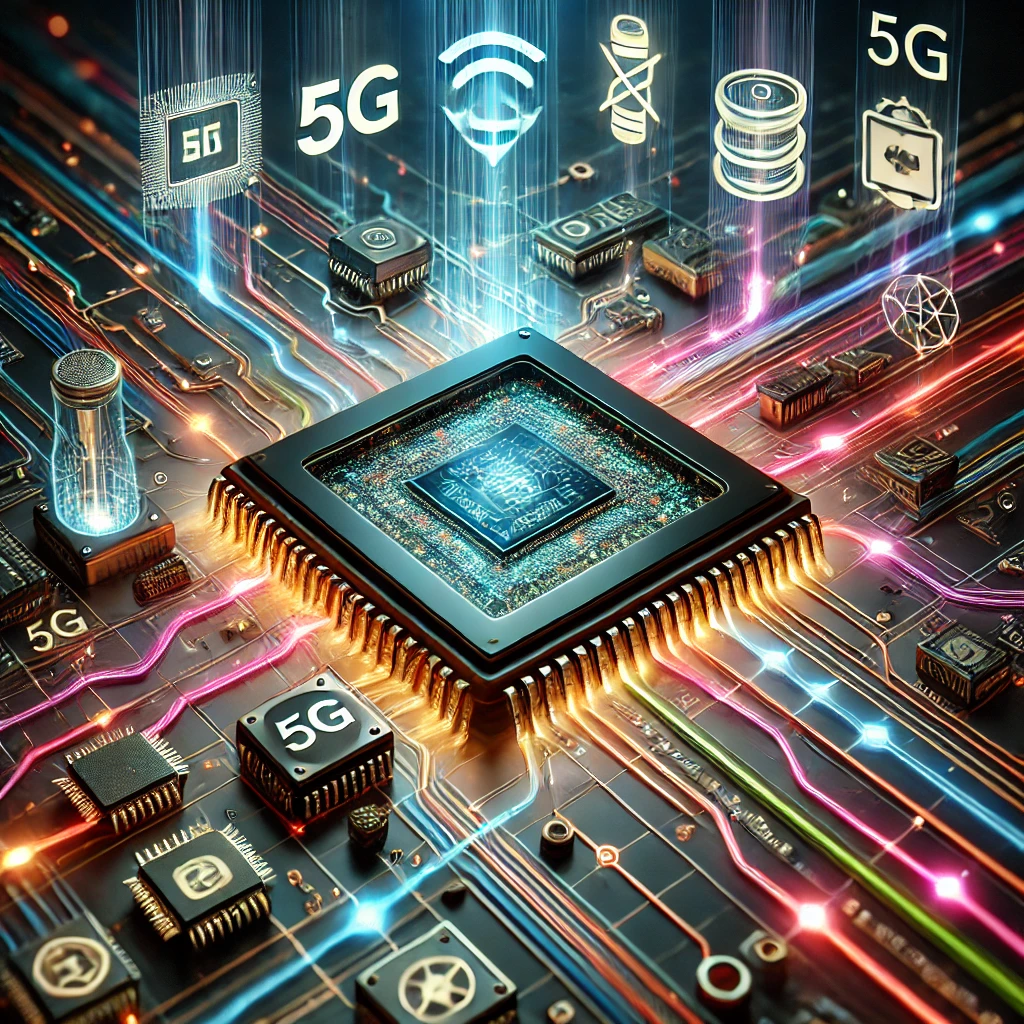
Semiconductors: Shaping the Future of the World
In today’s digital age, semiconductors are often described as the “brain” of modern technology. These tiny but powerful devices power everything from our smartphones and laptops to electric vehicles and advanced medical devices. With their ability to revolutionize industries and shape our everyday lives, semiconductors are driving the world into a more connected and efficient future. This post explores why semiconductors are essential, their evolving impact, and how they will likely shape the future.
—
What Are Semiconductors?
Semiconductors are materials, like silicon, that have conductivity between that of an insulator and a conductor. By controlling the flow of electricity, semiconductors serve as the foundation for creating integrated circuits (ICs) and microchips. These components are essential to computing devices, enabling them to process and store information.
—
Why Are Semiconductors So Important?
Semiconductors are pivotal because they power the technology we rely on daily. They enable electronics to function with high precision, low energy use, and compact design. They’re essential in developing advanced technologies such as artificial intelligence, machine learning, autonomous vehicles, and 5G networks. Their versatility and adaptability mean that semiconductors are constantly at the forefront of technological progress.
—
How Semiconductors Are Shaping Industries
1. Computing and AI: In the world of computing, semiconductors make high-speed processing possible. Advances in AI rely on powerful chips that can handle vast amounts of data and complex calculations. Chips like GPUs (Graphics Processing Units) and AI accelerators are key to this, helping to build smarter applications and improve performance in fields ranging from natural language processing to image recognition.
2. Telecommunications and 5G: Semiconductors are the backbone of modern telecommunications, supporting the rapid expansion of 5G networks. 5G promises ultra-fast internet speeds and low latency, which are essential for IoT (Internet of Things) devices, smart cities, and connected infrastructure.
3. Healthcare: Semiconductor technology plays a transformative role in healthcare, powering medical imaging devices, diagnostics, and wearable technology. These devices can monitor vital signs in real time, helping to deliver more personalized and effective healthcare solutions.
4. Automotive Industry: Semiconductors are enabling the shift toward electric vehicles (EVs) and autonomous driving. Advanced sensors, LiDAR, and powerful processing units allow vehicles to make split-second decisions, providing a safer and more efficient driving experience.
5. Renewable Energy and Sustainability: The demand for cleaner, more efficient energy solutions is rising, and semiconductors are crucial in this transition. Solar power inverters, wind turbines, and smart grids all rely on semiconductor technology to convert and manage energy efficiently.
—
Challenges in the Semiconductor Industry
While the potential of semiconductors is enormous, there are significant challenges that the industry faces:
Supply Chain Issues: Recent global events, including pandemics and geopolitical tensions, have shown how fragile semiconductor supply chains can be. Disruptions can impact everything from automotive production to consumer electronics availability.
Environmental Concerns: Semiconductor manufacturing is energy-intensive and has environmental impacts. Companies are now working to develop greener production methods to reduce carbon emissions and increase sustainability.
Global Competition: As demand for semiconductors increases, countries are competing to secure their own semiconductor supply. Nations like the U.S., China, and members of the European Union are investing in domestic semiconductor production to reduce reliance on imports.
—
What’s Next? The Future of Semiconductors
1. Moore’s Law and Beyond: Traditionally, Moore’s Law predicted that the number of transistors on a chip would double every two years, leading to greater computing power. As we approach physical limits, new innovations like quantum computing, neuromorphic chips, and 3D stacking may push beyond traditional semiconductor boundaries.
2. AI and Edge Computing: Edge computing, where data processing occurs close to the source rather than in a centralized data center, is becoming increasingly popular. Semiconductors built specifically for AI and edge processing will enable faster responses and reduced latency, powering smart cities, autonomous systems, and next-gen applications.
3. Quantum Computing: Quantum computing holds promise for solving problems that are unsolvable by classical computers. Quantum chips are at an early stage but may open doors to new discoveries in cryptography, material science, and complex simulations.
4. Internet of Things (IoT): The Internet of Things will continue to grow as more devices connect to the internet. Semiconductors designed for IoT are crucial for energy efficiency and security, allowing everything from home appliances to industrial machines to become smarter and more interconnected.
5. Sustainability and Green Technology: The future of semiconductors will also be green. Researchers are exploring ways to make semiconductor production more sustainable, like reducing water usage and using recyclable materials.
—
Conclusion
Semiconductors have changed the world as we know it, and they are set to drive humanity into an era of unparalleled technological advancement. They lie at the core of AI, telecommunications, healthcare, and more, creating possibilities that were once science fiction. While there are challenges, the ongoing evolution of semiconductor technology holds promise for a smarter, more sustainable future. As research and innovation continue, semiconductors will undoubtedly remain at the heart of our increasingly connected world.